Idea by
Nicolò Zanatta
https://www.flickr.com/photos/nzanatta/
Call for ideas 2018
Uchronia Space of Becoming
Uchronia Space of Becoming
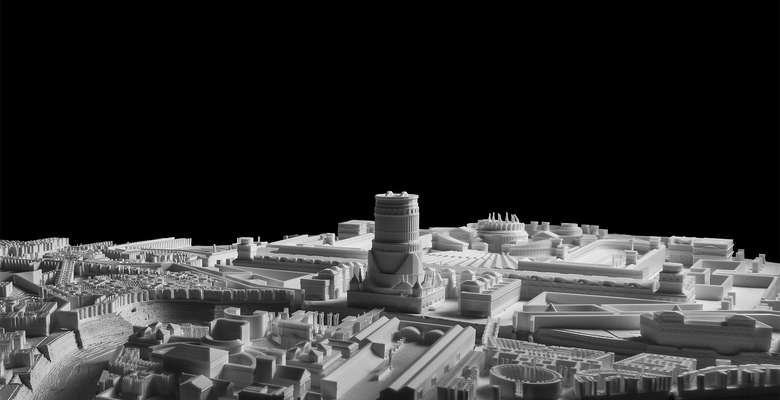
Piranesi's Campo Marzio, Sant'Elia's Città Nuova and Rossi's Tavola della Città Analoga all had the courage to think, design and advance images of the form of the City that were radically different form what they lived. Far from being just 'paper-architects' their ideas were as concrete as any brick and mortar building can be, only, instead of relying on punctual projects, they tackled the concept of the City as a whole. Their unsatisfactory and inadequate present were to be redesigned, with new parameters to better provide care for the citizens of the City. Not utopian, not directed at giving a fixed shape to the future, they tried to reshape the present. Looking at the cities they out on paper we cannot avoid asking ourselves: "How could it be instead?"
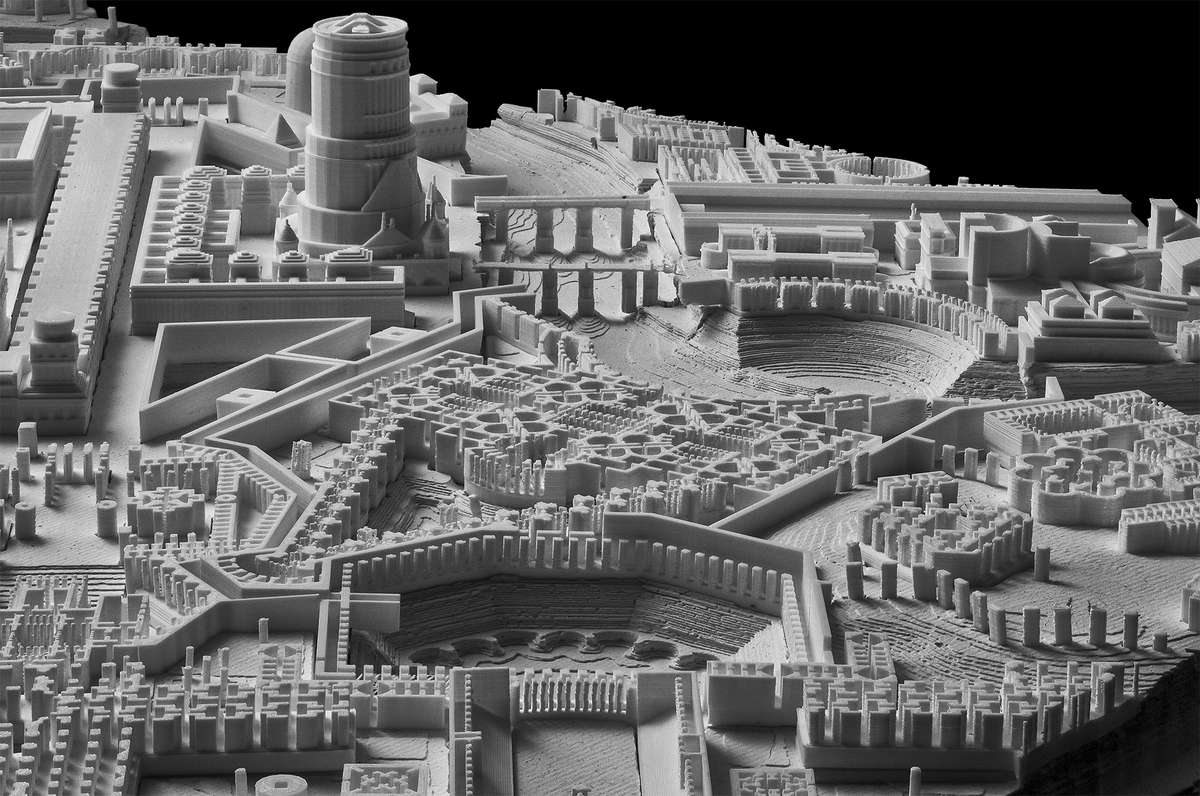
Giovanni Battista Piranesi's vision for a different possible Rome. An hybrid between baroque and imperial, something that could have been. Not bound by archaeological datums, Rome could have embodied and expressed fully the vitality of the Baroque, giving meaning to otherwise dead ruins.

La Città Nuova of Antonio Sant'Elia instead focuses on the incredible potentialities that reinforced concrete and steel-frames could express. Differently from the simple decoration of the Beaux-arts movement, this is what the City could have been if we truly had harnessed these technologies. An ever-changing landscape, to accomodate the ever-changing needs of its inhabitants
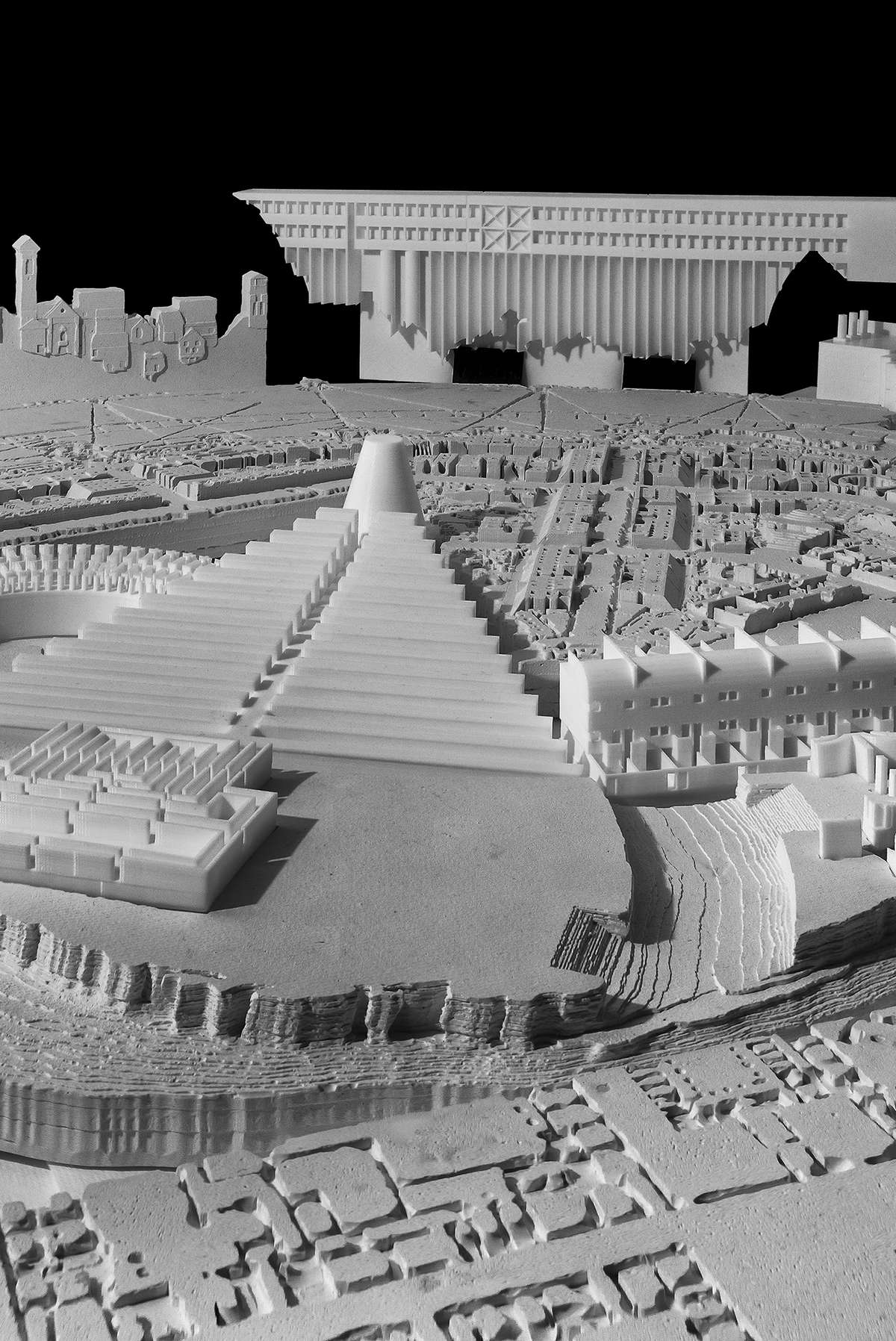
La Tavola della Città Analoga shows instead a different approach to designing. Were history and historical architectural elements are free to be picked and chosen, remixed and recombined, in new forms with new meaning. The re-signification of columns, trabeations does not empty these elements of their original message but makes space for new ones.
Uchronia Space of Becoming
Uchronia Space of Becoming

Piranesi's Campo Marzio, Sant'Elia's Città Nuova and Rossi's Tavola della Città Analoga all had the courage to think, design and advance images of the form of the City that were radically different form what they lived. Far from being just 'paper-architects' their ideas were as concrete as any brick and mortar building can be, only, instead of relying on punctual projects, they tackled the concept of the City as a whole. Their unsatisfactory and inadequate present were to be redesigned, with new parameters to better provide care for the citizens of the City. Not utopian, not directed at giving a fixed shape to the future, they tried to reshape the present. Looking at the cities they out on paper we cannot avoid asking ourselves: "How could it be instead?"

Giovanni Battista Piranesi's vision for a different possible Rome. An hybrid between baroque and imperial, something that could have been. Not bound by archaeological datums, Rome could have embodied and expressed fully the vitality of the Baroque, giving meaning to otherwise dead ruins.
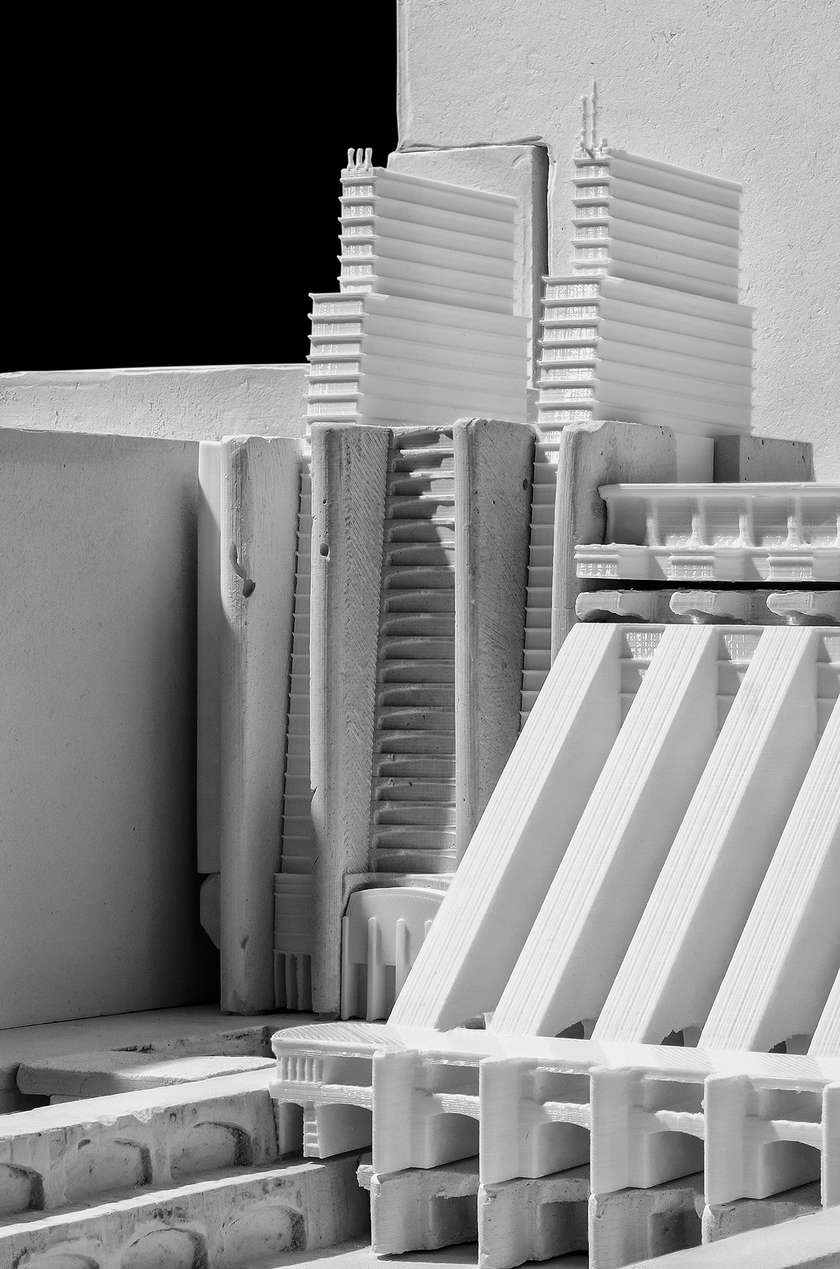
La Città Nuova of Antonio Sant'Elia instead focuses on the incredible potentialities that reinforced concrete and steel-frames could express. Differently from the simple decoration of the Beaux-arts movement, this is what the City could have been if we truly had harnessed these technologies. An ever-changing landscape, to accomodate the ever-changing needs of its inhabitants
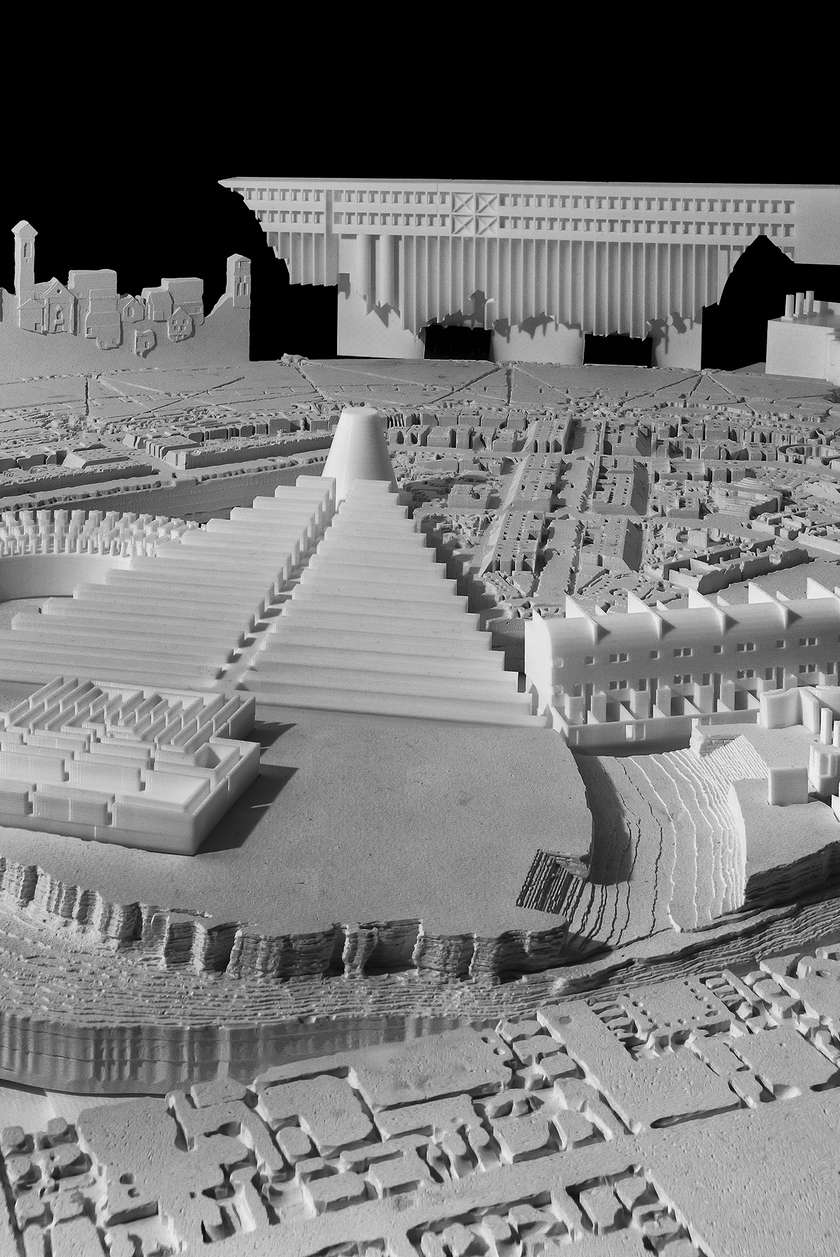
La Tavola della Città Analoga shows instead a different approach to designing. Were history and historical architectural elements are free to be picked and chosen, remixed and recombined, in new forms with new meaning. The re-signification of columns, trabeations does not empty these elements of their original message but makes space for new ones.